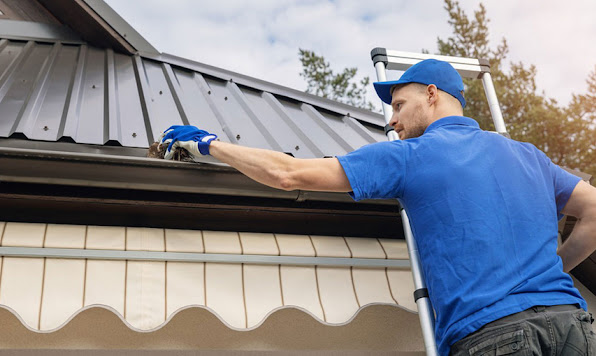How Do I Prepare My Home for a Termite Inspection? Tips and Tricks
Termites may be small, but the damage they can inflict on your home is anything but. These tiny pests are responsible for billions of dollars in property damage every year. That's why it's essential to schedule regular termite inspections to catch any infestations early and prevent costly repairs. However, preparing your home for a termite inspection Melbourne is just as crucial as the inspection itself. In this blog post, we'll guide you through the process of getting your home ready for a termite inspection.
Understanding the Importance of Termite Inspections
Choosing the Right Time for an Inspection
Timing is everything when it comes to termite inspections. Ideally, you should schedule an inspection at least once a year. However, there are specific times of the year when termites are more active. Spring and early summer are their prime seasons, as they thrive in warmer weather. You should consider scheduling an inspection during these periods to catch any termite activity before it worsens.
Clearing Clutter and Debris
One of the first steps in preparing your home for a termite inspection Melbourne is to declutter your living spaces. Clutter and debris create hiding spots for termites, making it challenging for inspectors to do a thorough job. Start by cleaning out your garage, basement, and any storage areas. Remove unnecessary items and keep the area well-organised. This not only makes inspection easier but also helps in the early detection of any termite presence.
Checking for Access Points
Termites can find their way into your home through tiny cracks and crevices. It's essential to seal off these potential entry points before the inspection. Go around your home and check for gaps in the foundation, loose siding, or cracks in the walls. Seal any openings you find to prevent termites from getting in and causing damage.
Trimming Vegetation Near Your Home
Termites are attracted to moisture, and they often find it near the foundation of your home. Overgrown vegetation, such as bushes and tree branches, can create a bridge for termites to access your house. Trim back any vegetation that is in close proximity to your home, ensuring there's a gap between the plants and your walls. This will not only help with termite prevention but also improve the overall curb appeal of your property.
Repairing Moisture Issues
Moisture problems can contribute to termite infestations. Leaky pipes, faulty drainage systems, and excess moisture in crawl spaces can attract termites. Before the inspection, fix any water leaks and ensure proper drainage around your home. This will not only deter termites but also improve the overall structural integrity of your property.
Storing Firewood and Mulch Away from the House
Termites are notorious for infesting wood. If you have firewood or mulch stacked against your house, you're essentially inviting termites to come and feast. To prepare for a termite inspection, move firewood, mulch, and any other wood-based materials away from your home. This simple step can significantly reduce the risk of a termite infestation.
Decluttering the Attic and Crawl Spaces
The attic and crawl spaces are often overlooked areas where termites can hide and thrive. Before the inspection, it's crucial to declutter these spaces. Remove unnecessary items, and ensure that the area is well-ventilated. This will not only help with the inspection but also make it less appealing for termites to settle in these concealed areas.
Ensuring Accessibility for Inspectors
Inspectors need easy access to all areas of your home, including crawl spaces, the attic, and the foundation. Make sure that there are no obstructions blocking their path. Move furniture and stored items if necessary to ensure that inspectors can do their job effectively.
Conclusion
Preparing your home for a termite inspection Melbourne is a proactive way to protect your property from these destructive pests. By understanding the importance of inspections, choosing the right time, clearing clutter, sealing access points, and taking steps to prevent moisture issues, you're well on your way to a termite-free home.
Regular inspections, combined with these preparation tips, will help ensure the longevity of your home and save you from the headache of dealing with termite damage. So, take these simple steps and stay one step ahead in the battle against termites.




Comments
Post a Comment